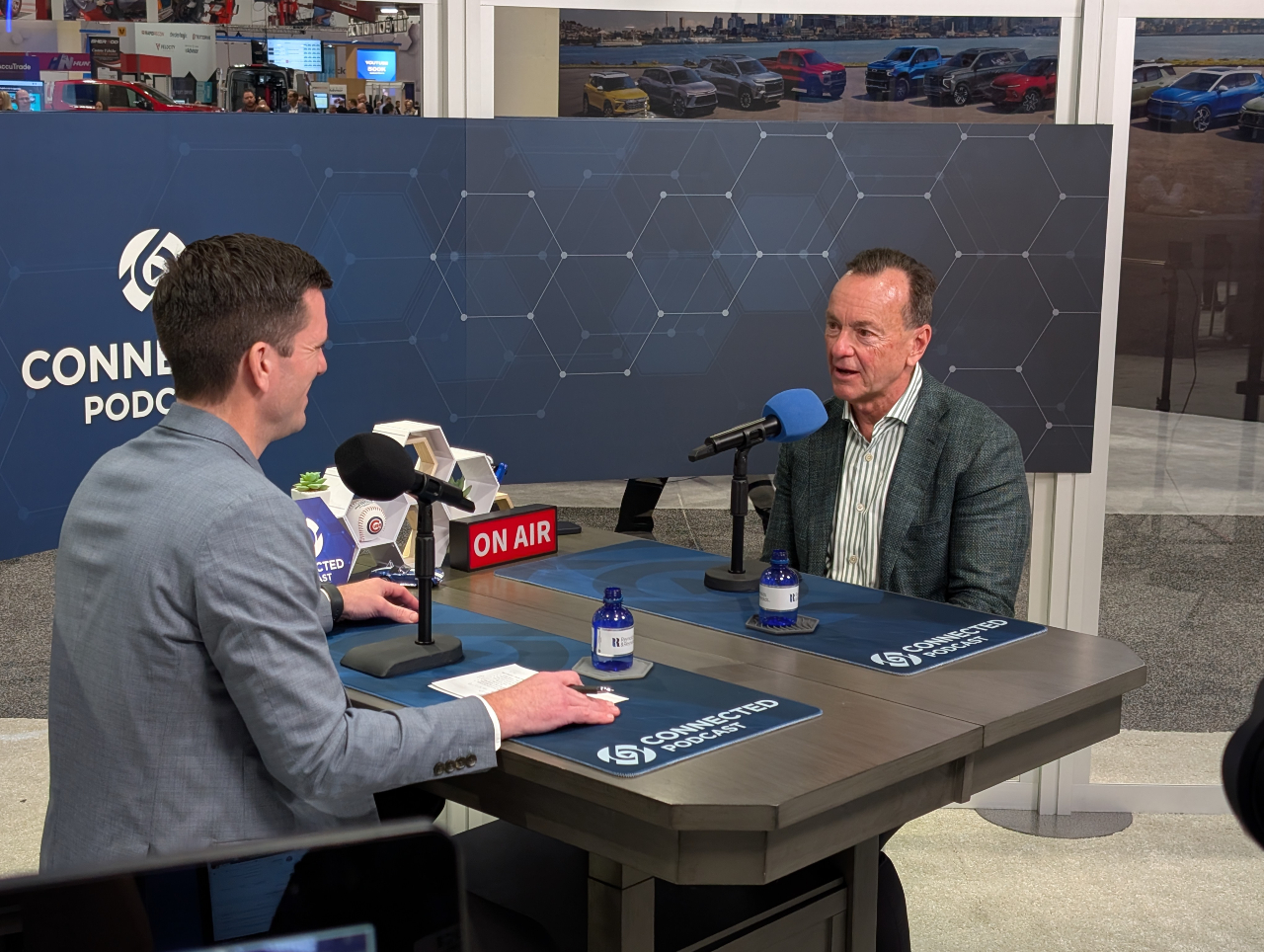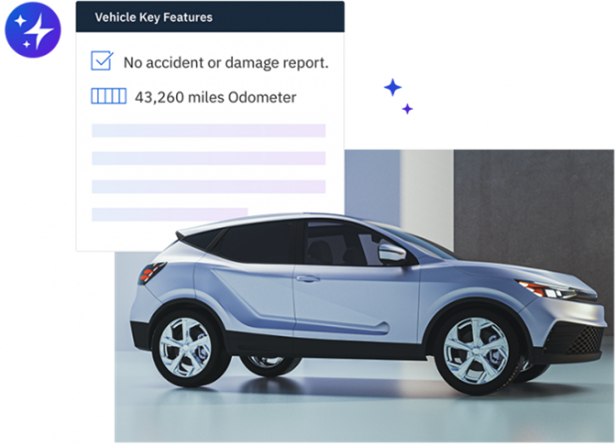The Lost Art of the Needs Assessment

Article Highlights:
- Stop jumping into negotiations head first...
- "It's our job to guide clients."
You know the old adage, “you don’t know what you don’t know?” That applies to car buyers as well. Most shoppers are intent on purchasing the vehicle they’ve been researching without even knowing if the vehicle is actually the right fit for them. Because of this, the needs assessment is the single most important phase of the sales process. A ‘needs assessment’ is the process of identifying the basic features and benefits your customer needs in his vehicle.
However, this essential step is increasingly overlooked because we, the salespeople, love to jump right into negotiations. It’s as if we are genetically wired to start working a deal as quickly as possible.
The problem rushing into negotiations is you risk working a deal on the wrong car. As salespeople, it’s our job to guide clients through the research, experience, and negotiation of the car that best suits their needs and lifestyle. We must be detectives as well as advocates.
What brought them in and how did they hear about us?
There are hundreds of reasons why customers walk in your showroom and knowing this piece of information is vital to help the customer connect the car-buying dots. Most customers will tell you they came to look at a specific model. It’s our job to define why that vehicle is the right one for them. This starts with knowing what drove them to walk through your doors.
What do they know about the vehicle they want to buy?
Chances are the customer has already done his research, but it’s important to know where that research was done. With shopping tools like Edmunds, TrueCar, and KBB, customers drown themselves in online research to the point they overlook the most important question; “Is this vehicle right for me?”
What and how are they driving now?
This is a simple, yet powerful question to ask. Knowing the vehicle your customer currently drives can speak volumes about his needs. For example, think of a minivan. The reaction you have when you think of this vehicle is completely different than when you think of a convertible. This is also a perfect set up for asking about your customer’s current driving habits. Someone driving fifty miles each way to work will have completely different hot buttons than someone commuting three miles per day.
Try some of the following questions to engage your client in meaningful dialogue:
- What did you like best about your current vehicle?
- Did it meet all your needs?
- If you could change one thing about it, what would it be?
These basic questions give you the ammo needed to initiate a great conversation on what it excites them and what they are looking for in their next vehicle.
Drill down for more details.
It’s critical to gather as much information as possible at this point. It helps ensure you select the right vehicle to present to the customer. Use the simple question, “What else?” This helps drive the conversation and keeps the customer engaged. Don’t be afraid to ask a potential buyer why he thinks a sport utility vehicle is a better fit than a sedan. You might be surprised to hear he really doesn’t know why.
Now more than ever it’s our responsibility to ensure a satisfying shopping experience for our clients. Taking time at the beginning of the selling process to conduct a proper and thorough needs assessment will ultimately point the customer, and you, in the right direction. As a result, you’ll be seen as an advocate in the customer’s eyes rather than an adversary. Being an advocate will help ensure when you get to the negotiation, you’re negotiating on the right vehicle. Happy selling!
For more information on training and system utilization improvement, contact Reynolds Consulting Services at 800.657.9784 or send us an email, consulting@reyrey.com.
Related Articles:

The Future of Variable Ops with Experts at NADA 2025
Explore how AI is transforming variable operations in automotive retailing with insights from NADA 2025. Learn about efficiency, profitability, and fraud prevention from industry leaders.

Decision made regarding the Vehicle Shopping Rule – now what?
Check out five key takeaways from the Vehicle Shopping Rule to keep your dealership safe from FTC enforcement actions.

3 Ways AI Can Elevate Your Dealership’s Online Inventory
On average, Americans are exposed to between 4,000 and 10,000 advertisements every day. From commercials on TV to billboards on your way to work, all…

The Pizza Playbook – What Ordering Pizza Teaches Us About F&I
For as long as I can remember, my family had “pizza night” every week. Without fail, every Friday evening we’d all gather around the computer…















